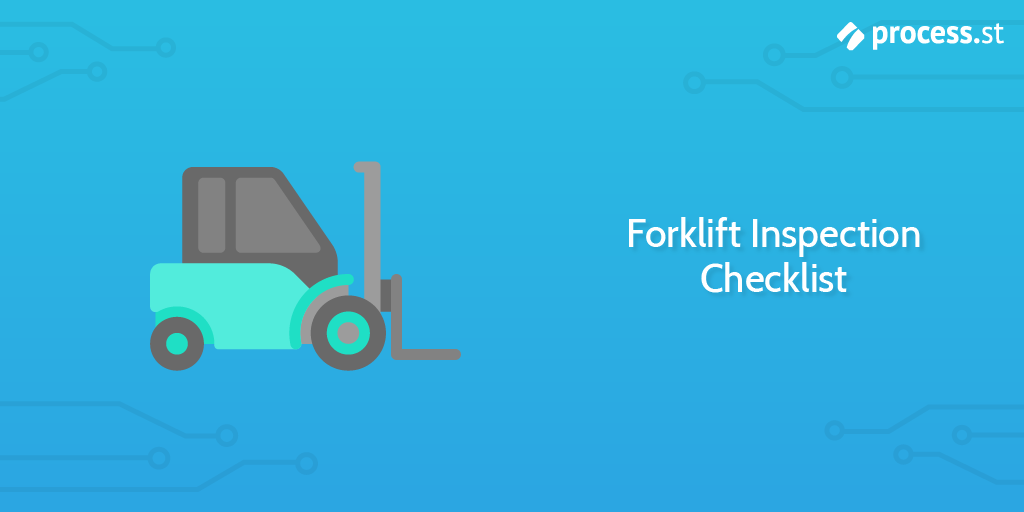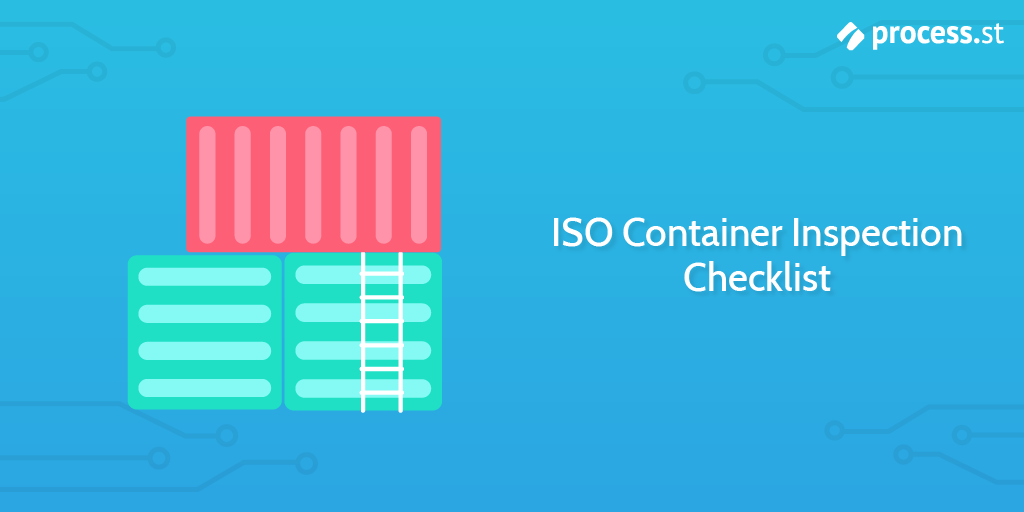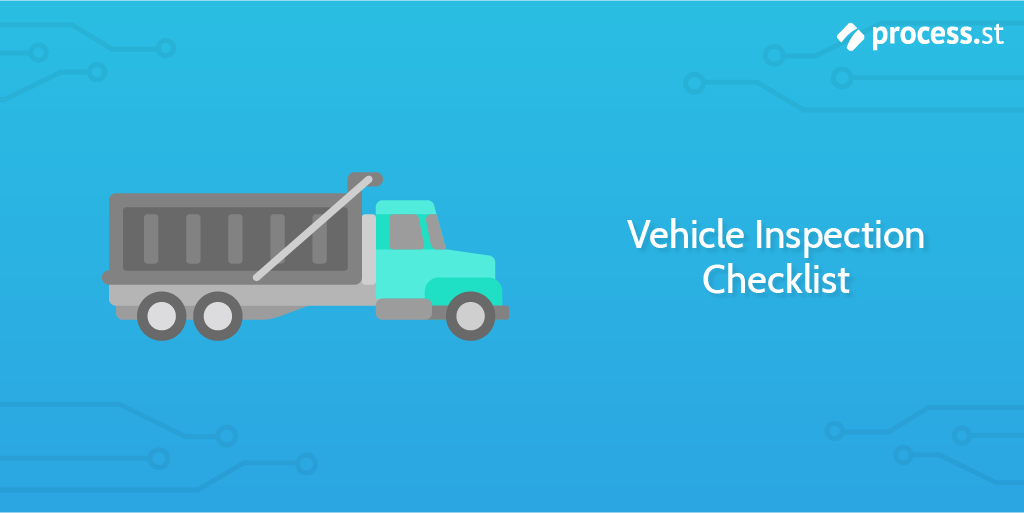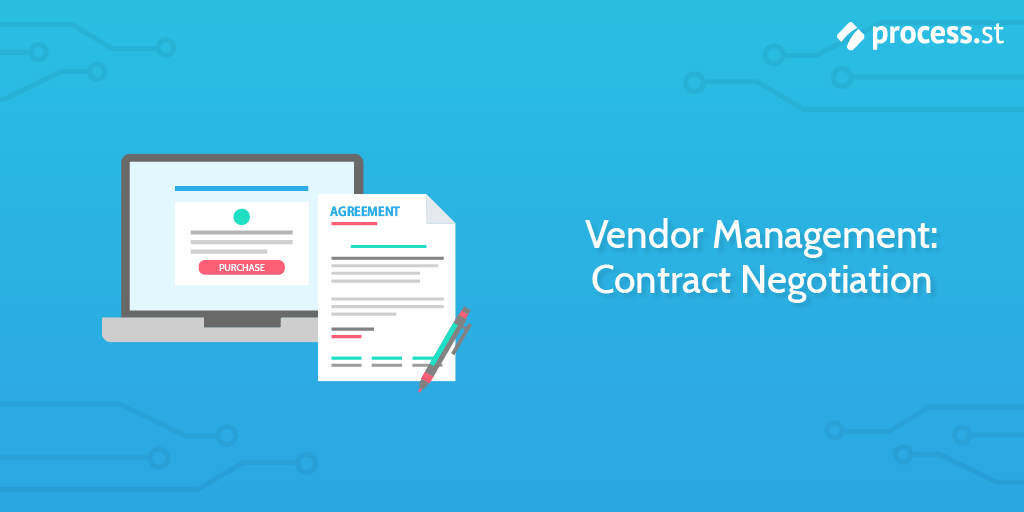
Fleet management is so much more than simply owning and operating vehicles. It’s a complex interplay of many different factors and optimizations – much like the concept of business process management.
In recent years, more and more tools for fleet management optimization are emerging. Fleet management is changing.
Projected growth of the fleet management industry to about $30 billion by 2022 is largely driven by advances in technology – and the rate at which fleet management companies adopt this emerging technology will largely impact the rate of this projected growth.
And it seems fleet management companies are aware of this.
The National Conference of State Fleet Administrators (NCSFA) recommended in a 2018 survey of 44 state and university fleet participants that fleet management companies begin implementing “robust fleet management policies and procedures” as well as “accelerating the implementation of technology to measure the efficiency and effectiveness of fleet management practices”.
That same survey showed that 38% of repairs and 39% of preventative maintenance work were insourced, on top of the in-house work that is done as part of routine fleet management. Just another incentive to tighten up your processes and streamline all of that manual work with a good, solid process.
In this article, we’ll be looking at how you can use Process Street to implement robust fleet management policies and procedures. I’ll cover:
- What is fleet management?
- What is fleet management software?
- Fleet management templates
- Using Process Street for fleet management
Let’s start by making sure we’re all on the same page; what exactly is fleet management?
What is fleet management?
Fleet management is the management of commercial vehicle operations at scale. Any company that uses a fleet of vehicles as part of their business model can be said to be doing some form of fleet management. Fleet management is all about keeping costs reasonable, maximizing profitability, and minimizing risk.
How many vehicles in a fleet?
Technically, a “fleet” can be at least two or more vehicles. Of course, the principles of fleet management become more valuable at scale, when there is a need to efficiently and economically manage many vehicles.
This graph from Government Fleet’s 2018 survey indicates that the most common fleet size lies between 250-499:

Vehicles in a fleet need not be owned; rented vehicles are also considered fleet vehicles.
Trucks, vans, cars, drones, industrial and construction equipment, and boats are all types of vehicles typically associated with fleet management.
The graph below from the 2018 Government Fleet benchmarking survey shows how vehicle fleets are distributed across different departments, and gives a rough idea of what kind of vehicles are involved.

What is a fleet management company?
In simple terms, a fleet management company is in the business of utilizing large fleets of vehicles to provide services for, or lease those vehicles to, their customers.
Statistics show that the vast majority of fleet management companies do not lease their vehicles, and many of those that do lease a small portion of their fleet. From this, we can derive that most fleet management companies are in fact in the business of utilizing their fleets to perform mainly transport and logistics-related services.
Typical fleet sizes range between smaller (10-50) to very large (in the thousands) fleets of various vehicles including cars, lorries, vans, drones, and others.
What is the purpose of fleet management?
The purpose of fleet management is to keep track of the performance and maintenance of these vehicles to make sure that the system is running smoothly, and potentially look for ways to improve efficiency.
Basically, fleet management is about optimization and process improvement. The person in charge of fleet management is usually the fleet manager.
Responsibilities of the fleet manager include:
- Maintenance and repair of vehicles
- Resource management (fuel, parts, vehicles, and even drivers themselves)
- Driver training, behavior and safety
- Compliance
- Asset utilization
- Risk management
- Route planning
- Waste management
- Overseeing and improving productivity of the fleet
A good fleet manager will help a company to get the most value out of the vehicles in a fleet.
For the sake of clarity, let’s break fleet management down into its core components:
- Operational costs
- Vehicle maintenance & repair
- Employee management
- Vehicle safety & compliance
- Operational efficiency & optimization
All of these components are interlinked. You can’t adjust a vehicle maintenance process without impacting operational costs or considering how drivers are currently trained, for example.
There are a lot of processes that fleet managers have to keep track of, which is why it makes sense to think of fleet management as a form of business process management.
For the same reason, using BPM software like Process Street can help you organize and maintain all of your fleet management processes in one place.
Think about it – if you’re keeping track of all these processes relating to vehicle maintenance, employee management, compliance, etc. then it can quickly become a mess of jumbled policies and procedures – especially if you’re still using a traditional paper-forms office.
With Process Street, you can maintain all of your processes in one place and make quick and easy adjustments across the board if need be.
What is fleet management software?
Fleet management software is any computer software that aids in the management and operation of vehicle fleets. Also known as FMS, the software tackles specific problems like task management and automation, vehicle maintenance and GPS tracking, as well as overall process management and analysis.
Check out this video for a quick intro to what Process Street is all about:
You can sign up for a free trial in less than two minutes!
Top concerns for fleet managers surveyed in 2018 were training needs and advanced technology.
By using a fleet management software, you can streamline and simplify the processes and tasks involved in managing a large fleet of vehicles.
Process Street is a business process management software. Many of the core problems of fleet management are basically process management problems.
Think of the many processes involved in fleet management – ones for managing your vehicles, training new drivers, for logistics, repair, maintenance, general productivity; the list goes on.
When you start to think of fleet management in terms of process management, you can understand how software like Process Street might benefit you.
Business process management is the idea of keeping track of all your processes and figuring out how to optimize and improve them. To do this, you’d use a BPM software like Process Street.
To give you an idea of how you might use Process Street for fleet management, we’ve collected some of our custom-built templates, many of which are for processes you’re probably using on a daily basis.
Take a look, there might be something that you find useful!
Fleet management templates
Here’s a list of the templates, if you’re impatient:
- Facility inspection checklist
- Forklift inspection checklist
- Inventory management process
- ISO container inspection checklist
- Order fulfillment
- Order processing checklist
- Vehicle inspection checklist
- Warehouse safety checklist
- Scheduled maintenance notification
- Vendor management: Supplier evaluation
- Vendor management: Contract negotiation
Facility inspection checklist

There’s a lot that goes into the management of any kind of facility. There’s also a lot of risk involved, which is why it’s crucial to have clear processes and to be sure that everyone involved can follow them.
By running this simple checklist at least once a month you can eliminate many simple risks and causes of error, chiefly those centered around the repetitive manual tasks your employees undertake on a daily basis.
Click here to get the facility inspection checklist template.
Forklift inspection checklist

You don’t want a forklift breaking down in the middle of a heavy lifting operation, do you? Of course you don’t.
That’s why you should use this checklist to inspect your machinery at least monthly to reduce the safety hazard risk to the operator and all individuals on the site.
The checklist is designed to make the inspection simple and easy to carry out, breaking down each step into a simple, direct instruction.
Just follow the process, record what you find, and take the necessary steps to resolve the issues.
Click here to get the forklift inspection checklist template.
Inventory management process

If you’re not managing your inventory, you risk wasting money on excess stock or improper storage.
You’re also less likely to know when you need to restock something, and before you know it, you’re missing a crucial component and have to suspend operations to resolve the oversight.
Use this inventory management checklist whenever you need to order new stock and keep the records updated.
Click here to get the inventory management process template.
ISO container inspection checklist

Shipping container maintenance is of utmost importance because they are responsible for protecting your valuable shipment loads. Unchecked ISO containers risk losing entire shipments due to simple negligent oversights.
Hence, this ISO container inspection checklist. Follow along to be certain of the condition of your container and clearly document any defect, no matter how minor.
Click here to get the ISO container inspection checklist template.
Order fulfillment checklist

You need to be sure you can deliver all of your customer orders, at any scale. That’s why a clearly mapped-out process is so important.
You need to be able to track progress and keep individuals accountable, to be sure the process is running smoothly.
By using this checklist you can rest assured that each and every order will be fulfilled to the letter of the customer’s specification.
Nothing should slip through the cracks since all of your various departments can use this checklist as a single source of information.
Click here to get the order fulfillment template.
Order processing checklist

This checklist is a simplified version of the order fulfillment checklist. The difference is the order fulfillment checklist is higher-level, with more attention placed on customer feedback.
Instead of monitoring every step in great detail and involving a lot of people in the same checklist, this template keeps things simple, so a single manager can run the process quickly and easily to save a little time.
Click here to get the order processing checklist template.
Vehicle inspection checklist

It doesn’t matter whether you’re utilizing cars, trucks, vans, or any other kind of vehicle; at some point (ideally at least once per year) you’ll need to perform a routine inspection.
Even if your vehicles aren’t obviously in need of maintenance, taking preventative action can help avoid a costly malfunction and a bottleneck in business operations.
Click here to get the vehicle inspection checklist template.
Warehouse safety checklist

Use this monthly checklist to keep your warehouse up to industrial safety standards, and be sure that your employees aren’t in any danger.
“Slip and fall accidents make up 15 percent of all accidental deaths, 25 percent of all injury claims and… 95 million lost work days each year.” – Koke Inc., Shocking Safety Warehouse Statistics
Click here to get the warehouse safety checklist template.
Vendor management: Supplier evaluation

When dealing with multiple suppliers it can be difficult to decide which option is best. This checklist is designed to help you compare and make the best decision.
It’s based on Ray Carter’s 10Cs model, which was originally published in a 1995 edition of
Click here to get the vendor management supplier evaluation template.
Vendor management: Contract negotiation

Use this checklist to streamline the negotiation of new vendor contracts. You’ll be able to keep track of long, drawn-out procedures and be sure you can stay up to date while managing multiple negotiations simultaneously.
Click here to get the vendor management contract negotiation template.
Purchase order workflow template

“Many organizations unwisely forego purchase orders because they perceive the paperwork to be a hassle that slows things down.” – Kenneth Loi, Procurify COO
When a purchase order needs to be issued to a supplier, you need a clear process to follow or you risk frustration and inefficiency.
This checklist is designed to seamlessly track purchasing cycle progress in real-time and help you streamline the purchase order creation and approval process.
Click here to get the purchase order workflow template.
Scheduled maintenance notification
This general-purpose maintenance notification checklist will help you notify all affected departments in the event of vehicle or facility maintenance.
Don’t let your productivity take the hit and be proactive about letting everyone know ahead of time by using this checklist to streamline and automate the process.
Click here to get the scheduled maintenance notification template.
Fleet management accounting templates
With fleet management comes a necessary financial aspect, and here we have 9 accounting templates to help you get through it all with as few headaches as possible.
Click the links below to use our free fleet management financial checklist templates.
- Accounts payable process
- Accounts receivable process
- Creating an invoice
- Expense management process
- Income (profit and loss) statement process
- Cash flow report
- Balance sheet statement preparation checklist
- Business tax preparation checklist
- Annual financial report template
Drone fleet management
Drone fleets are perhaps the newest form of fleet management, but they’re definitely out there, and the niche is only growing.
For anyone looking to kick-start their drone fleet operations, we have a selection of templates that will help you set up safely and ensure the maximum longevity of your flying machines.
Click the links below to use our free drone fleet management checklist templates.
- Routine drone maintenance checklist
- Drone safety checklist
- UAV compliance checklist
- Drone post-flight checklist
- Drone repair checklist
- Drone troubleshooting checklist
- Drone testing checklist
- New drone setup checklist
- Drone pre-flight checklist
Using Process Street for fleet management
The templates above will help you save time and money by making all of the processes you do on a daily basis simple and easy to follow. They’ll help you train new recruits, and they’ll help reduce error rates across the board.
By breaking down your recurring tasks into clear, well-written checklist templates, you can make your life easier.
You can use Process Street for fleet management, and more. It’s a powerful BPM software with features designed to take the workload off your shoulders. That’s what automation is all about!
Check out this webinar to learn more about how to use Process Street to collaborate with your clients, suppliers, and vendors:
For more resources on fleet and vendor management:
- How to Build a Better Purchase Order Workflow with Process Street
- 8 Logistics Management Processes to Perfect Your Supply Chain
- How to Support €38.8 Billion Revenue: Tips from IKEA’s Supply Chain
- 8 Tips to Improve Your Company’s Shipping Processes
If you’re interested in learning more about Process Street and BPM in general, check out these great resources:
- The Ultimate Guide to Business Process Automation
- The Complete Guide to Business Process Management
- Ultimate Guide to Small Business Automation with Zapier
Before you head off, consider signing up for a free trial with Process Street. You can get set up in less than two minutes, and you’ll gain access to all of the templates showcased here, and more!
Hopefully, this article provided you with some useful information for fleet management. Are there any specific fleet management processes you’d like to see? Let us know in the comments! We might just build them for you.







 Workflows
Workflows Projects
Projects Data Sets
Data Sets Forms
Forms Pages
Pages Automations
Automations Analytics
Analytics Apps
Apps Integrations
Integrations
 Property management
Property management
 Human resources
Human resources
 Customer management
Customer management
 Information technology
Information technology



Oliver Peterson
Oliver Peterson is a content writer for Process Street with an interest in systems and processes, attempting to use them as tools for taking apart problems and gaining insight into building robust, lasting solutions.